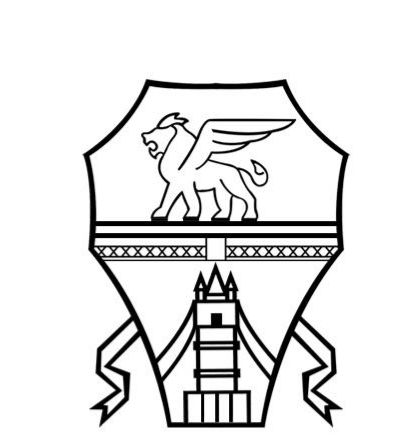Registering the domain name is one of the fundamental steps to create an online business, together with the purchase of a hosting space in which to host your website. The choice of the domain name must be made carefully: the name is your business card, it represents your digital identity and, at the same time, it must be easy to remember and write down for the users who are looking for you.
In fact, the domain unequivocally identifies the linked website and choosing the right name favors on the one hand the perception of visitors about your business, on the other hand positioning on search engines.
We can classify the domains in first, second and third level.
- Top-level domains : refer to the extension used, ie .it, .com, and the like.
- Second level domains : they refer to the real name with which your business is identified and recognized.
- Third-level domains : they refer to the subdomain, which is the leftmost part of a domain that often identifies a subsection.
What is the third level domain for?
Registering a third level domain is not mandatory but it is certainly useful and advantageous on some occasions. In fact, the subdomain is able to identify and better define certain subsections of your company . A useful technique to better segment your projects, highlighting more important sections.
For example, we have the guide.shellrent.com portal, guide indicates the subdomain: it is a section that contains guides and tutorials of our services, with the aim of helping you in configuration and management. Or again, manager.shellrent.com, manager indicates the subdomain: it is the area dedicated to our customers, who can log in with their credentials to purchase and renew services, request technical assistance and carry out any type of operation on the services.
Basically, a third-level domain is useful for large and complex projects, which contain different sections: in this way it will be possible to connect the section to the main site, while dedicating a special and orderly space, managing to better channel users .
We recommend that you register a subdomain if you have a large company (but not necessarily) and you want to better segment your spaces, creating different sections related to the site: blog, customer area, shop, guides and tutorials.




